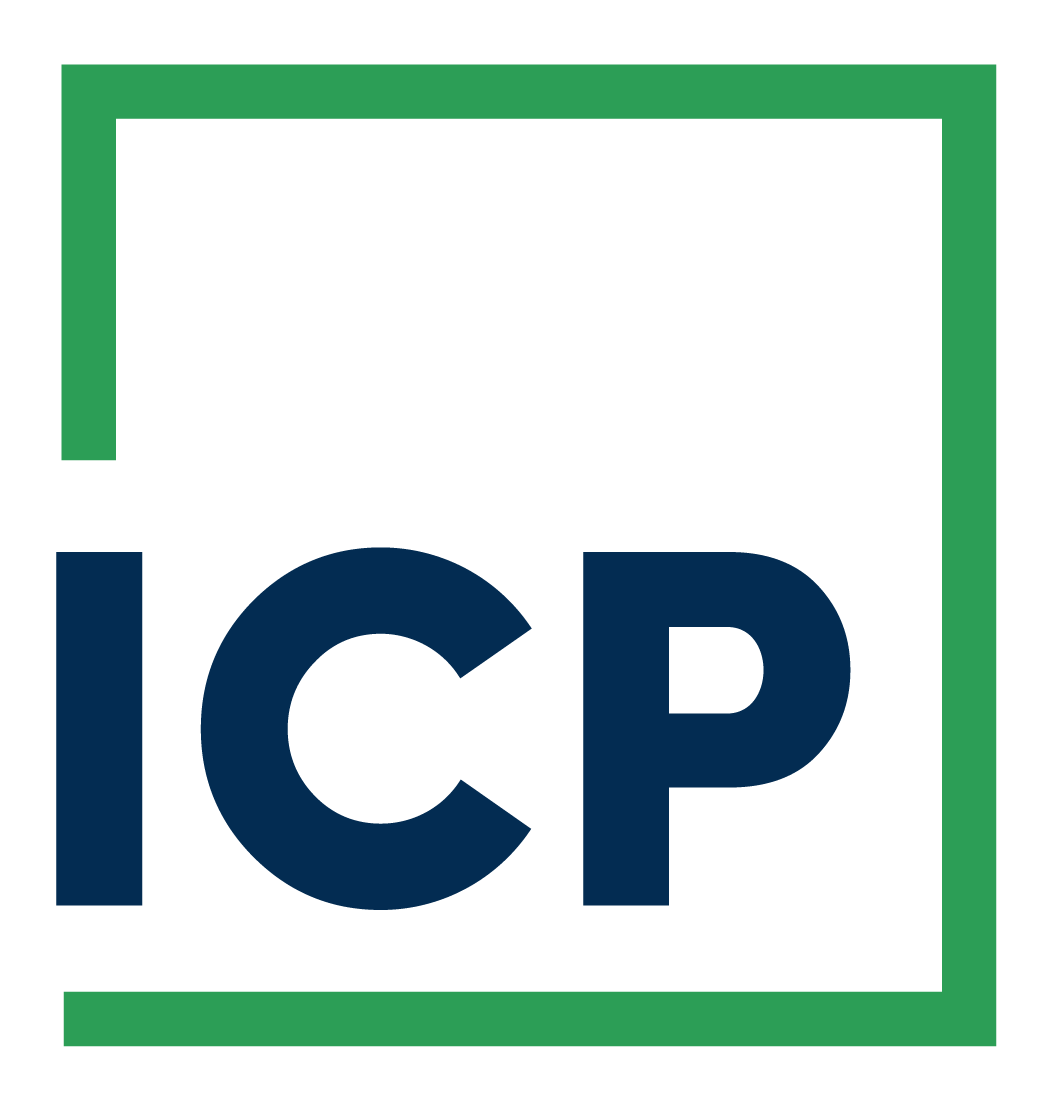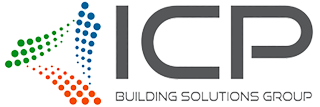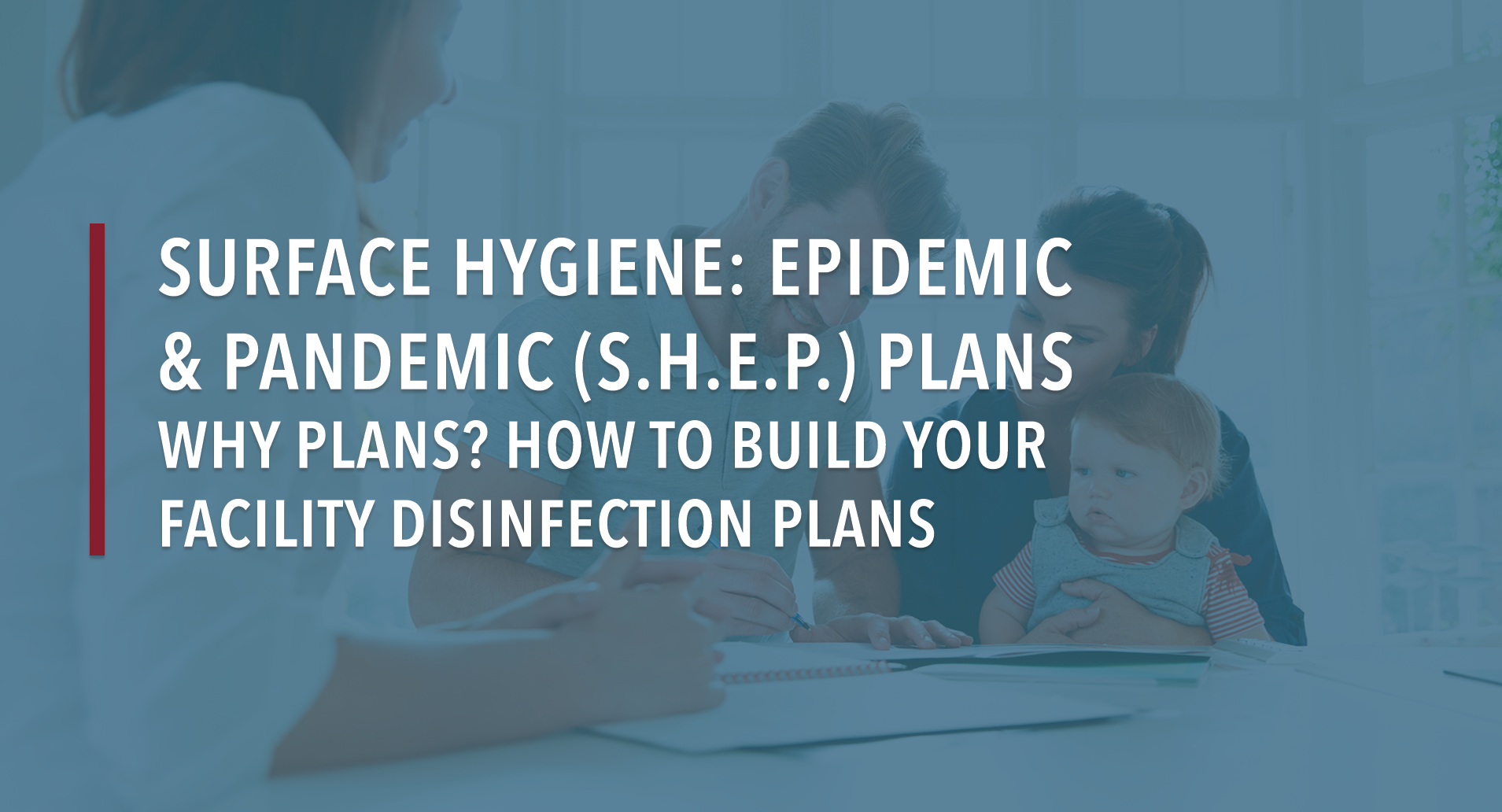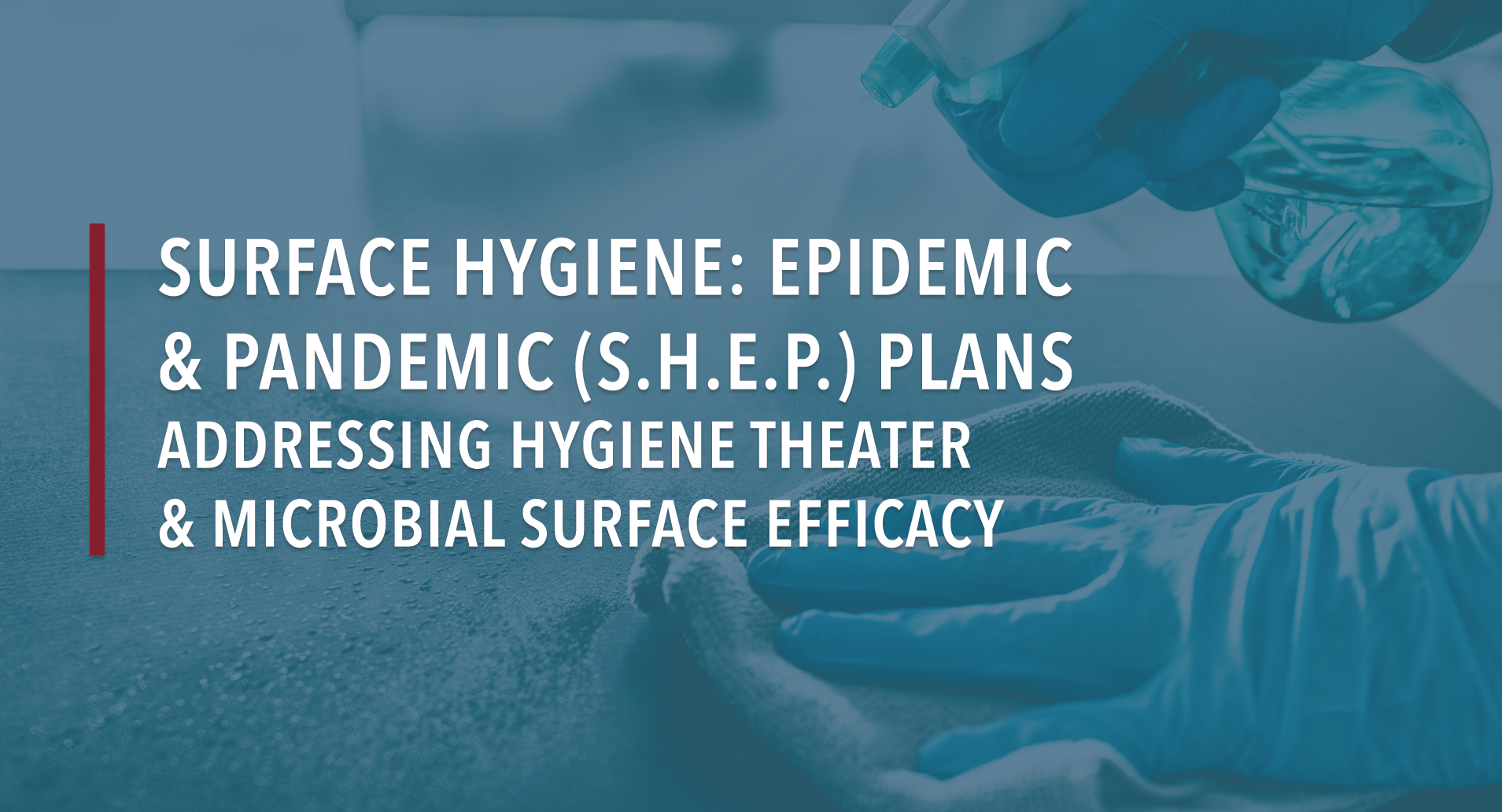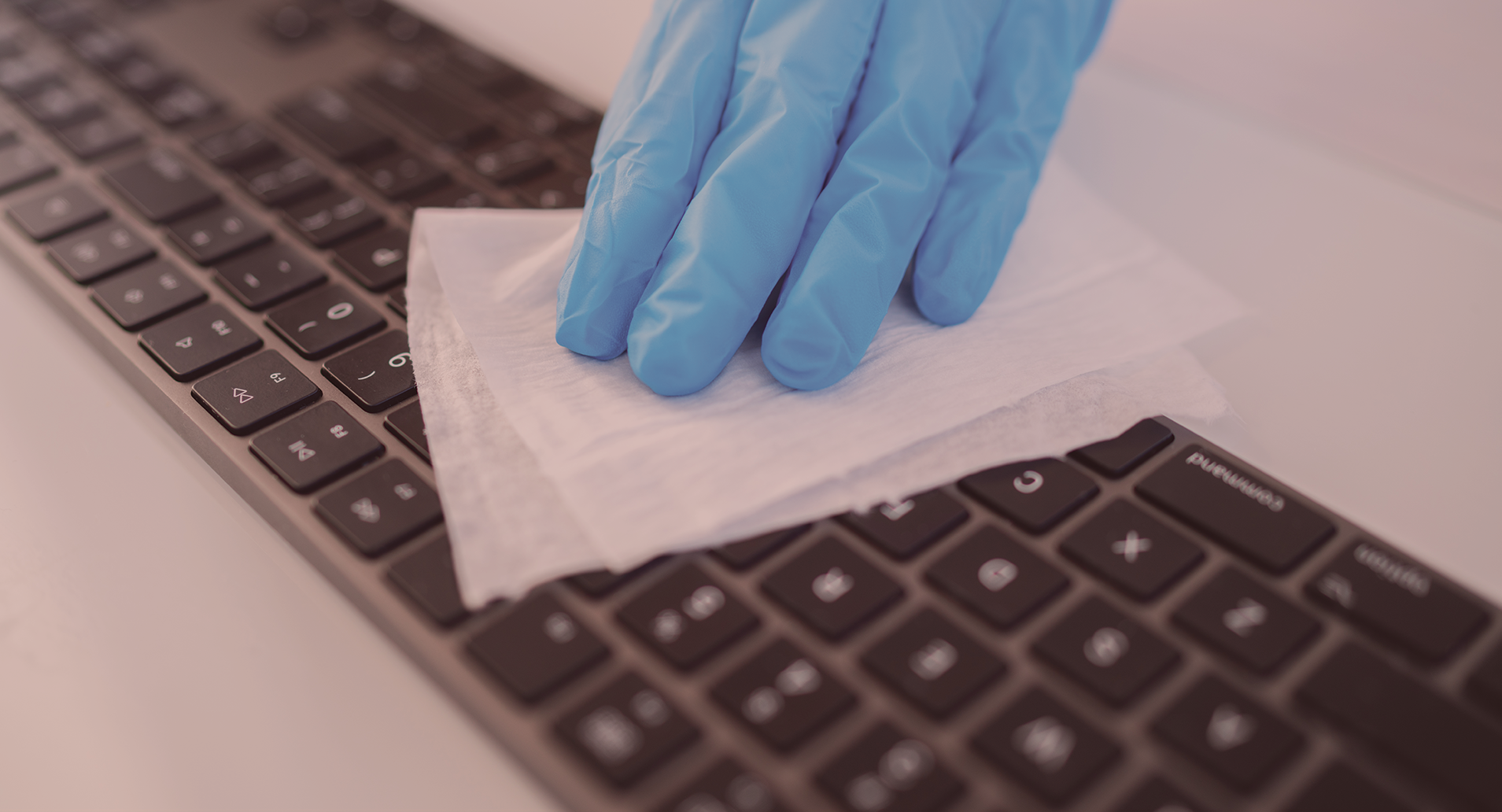How To Build Your Facility Disinfection Plans
Surface Hygiene: Epidemic & Pandemic (S.H.E.P.) Blog – Post 3 of 4
Blog Post 3 of a 4-part series. Click here to view Part 1: Protect Your People and Facilities: Before, During & Post-Pandemic, and here to view Part 2: Addressing Hygiene Theatre & Microbial Surface Efficacy.
Having multiple, actionable plans for now and in the future, is the answer for the ongoing health of the built environment. It’s also the approach recommended by the Center for Disease Control (CDC) and the Environmental Protection Agency (EPA) as well as Health Canada (HC). There are many things to consider when you are creating your plans including typical components of plans such as the business’ needs/risk assessments, performance objectives, regulatory requirements, and the internal/external resources that are available to the organization. Identifying factors that may apply locally or to the specific industry the business serves would be good places to begin your planning.
Using external resources that are available in the particular case of COVID-19, such as the CDC, are helpful in identifying any overall regulatory requirements or suggestions for frequency of cleaning/disinfection and some of the suggested processes: https://www.cdc.gov/coronavirus/2019-ncov/community/disinfecting-building-facility.html.
We will now introduce the different types of plans that should make up your S.H.E.P. plans and how to assess, build, and implement these plans in your facilities.
Types of Plans
It is important to note that there are many other types of business plans that are implemented across an organization, and there will be more than one tool in your toolkit when it comes to building S.H.E.P. plans. The three main types of plans we are going to explore include:
Infectious Disease Emergency Response (IDER) Plan – Used in situations that include naturally occurring outbreaks (e.g., measles, mumps), emerging infectious diseases (e.g., SARS, pandemic), and bioterrorism.
Emergency Operations Plan (EOP) – Shows how all actions will be coordinated and describes how people and property will be protected in emergencies and disasters.
Customer Care Plan (CCP) – Focused on external visitors in your business/facility. Covers how to address the needs of frequent disinfection and is typically based on frequency of external customers/visitors. These plans often also note how to address & educate visitors on the importance of surface hygiene.
Infectious Disease Emergency Response (IDER) Plan
The purpose of an Infectious Disease Emergency Response (IDER) Plan is to have a comprehensive plan that can be used for large scale incidents to prepare an organization to deal with infectious disease threats (human and environmental). These plans are designed with a flexible and scalable framework for incident management, appropriate and timely interventions, and allocation of resources to minimize the public health consequences of an infectious disease emergency. These plans are commonly implemented in public health units, educational facilities, but are also useful in many other types of business. Every IDER plan is slightly different but typically includes some of the following activities:
- Coordination with other city, regional, state/provincial, and federal agencies and other organizations responding to a large public health emergency.
- Development and dissemination of information and guidance for the medical community, responders, general public, and special populations and settings.
- Public health disease containment measures such as infection control, mass prophylaxis, isolation and quarantine, or restriction and clearance.
- Coordination of medical care systems and management of alternate care and/or shelter sites.
- Epidemiological surveillance and investigation activities such as surveillance, investigation, and lab testing.
- Collection and analysis of data to inform the development of objectives and tactics.
Consider your internal and external resources when building your IDER plans, also be sure to work with these resources in building the plan so that all involved parties can be aware of the plan objectives and their designated roles in case of activation of the IDER plan.

Emergency Operations Plan (EOP)
Stabilizing an emergency may involve many different actions and developing an Emergency Operations Plan (EOP), is crucial to ensure the business, facility and individual resources are prepared for foreseeable hazards and threats. As per the United States government website, EOP’s should “define the most appropriate protective action for each hazard to ensure the safety of employees and others within the building. Determine how you will warn building occupants to take protective action. Develop protocols and procedures to alert first responders including public emergency services, trained employees, and management. Identify how you will communicate with management and employees during and following an emergency.”
Ready.gov also offers an outline of “10 Steps for Developing the Emergency Response Plan,” which is shared below as a starting point for the Emergency Management teams to consider as they are drafting the EOP for the represented organization.
- Review performance objectives for the program.
- Review hazard or threat scenarios identified during the risk assessment.
- Assess the availability and capabilities of resources for incident stabilization including people, systems, and equipment available within your business and from external sources.
- Talk with public emergency services (e.g., fire, police, and emergency medical services) to determine their response time to your facility, knowledge of your facility and its hazards and their capabilities to stabilize an emergency at your facility.
- Determine if there are any regulations pertaining to emergency planning at your facility; address applicable regulations in the plan.
- Develop protective actions for life safety (evacuation, shelter, shelter-in-place, lockdown).
- Develop hazard and threat-specific emergency procedures using the Emergency Response Plan for Businesses.
- Coordinate emergency planning with public emergency services to stabilize incidents involving the hazards at your facility.
- Train personnel so they can fulfill their roles and responsibilities.
- Facilitate exercises to practice your plan.
The types of emergencies covered by the EOP in relation to workplace hazards can vary but typically can include six areas of emergencies to consider including: biological, chemical, physical, safety, ergonomic and psychosocial hazards. There are also external hazards to be considered such as natural disasters and environmental hazards. Boiled down to the four main steps; write the plan, establish a training schedule, assign responsibility for training, and coordinate your plan with outside organizations.
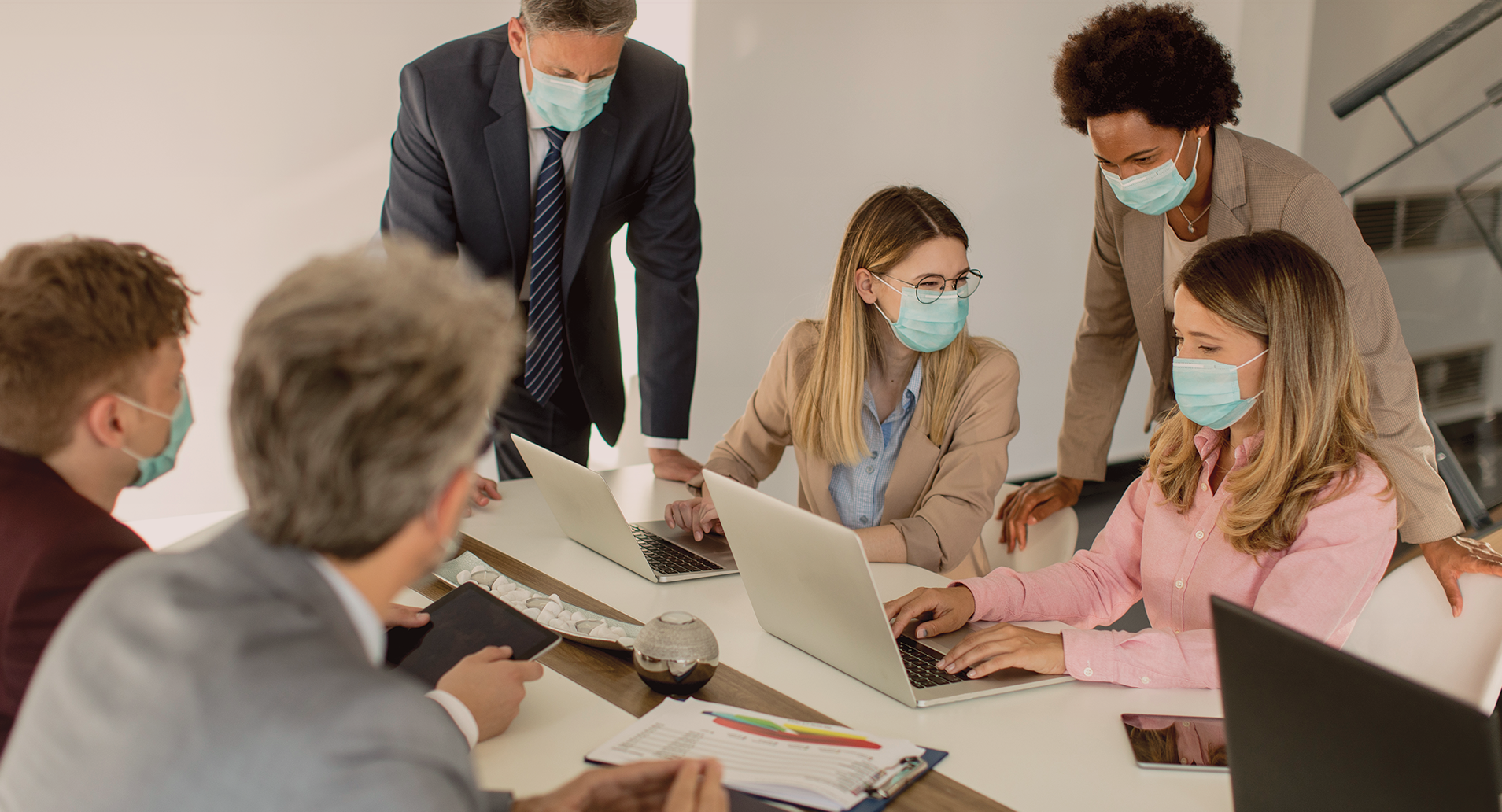
Customer Care Plan (CCP)
A Customer Care Plan (CCP), or a Customer Safety Plan, is important to develop & implement particularly during a pandemic, so there are plans and protocols in place to keep staff, clients, and customers’ safe. As we shift our attention in the current climate from facility closures and restrictions to layered mitigation, including strategic reopening, it is imperative that every business has a plan in place to address customer needs, as they have evolved over the course of the pandemic to be more safety focused.
There is a very real need in strategic reopening to reflect on and potentially reorient the customer-experience effort to meet the customer’s new priority needs including things such as safety, security, and everyday convenience. McKinsey & Company have developed seven actions to demonstrate empathy for customers to consider as your Emergency Management teams begin to develop or redevelop CCPs.
Things to consider when building CCPs include providing a different format for customer engagement to minimize physical interaction and to allow for social distancing, providing personal protective equipment and have visible barriers and signage available to provide customer safety, and transitioning customers to online channels and eCommerce.
Also, consider threats and risks assessed in your EOP and/or IDER plan and account for the customer impact in those types of emergency scenarios. Reference these documents and ensure that internal and external resources implementing the CCP are cross trained in the existing emergency plans. Another resource to consider when building your CCP is OSHA’s Guidance on Preparing Workplaces for COVID-19. References should also be made in your CCP to surface cleaning & disinfection, frequency and expanded hygiene measures that will be implemented to provide increased customer and employee protection.
At ICP Building Solutions Group, we want to help you build your plans. Do you have some plans started but have questions? Not sure if your plan covers all infection control considerations? Our team is here to help you specify products for your facility based on your needs, and work with you to build your comprehensive plans. Reach out to Cole Stanton, our Director of Education and AED Specification for ICP Building Solutions Group. He can be contacted via specifications@icpgroup.com. Learn about how to measure your success and the potential future paths of the pandemic in Part 4 of our S.H.E.P. blog series, coming soon.
Resources
https://www.mckinsey.com/business-functions/marketing-and-sales/our-insights/connecting-with-customers-in-times-of-crisis
https://www.osha.gov/sites/default/files/publications/OSHA3990.pdf
https://www.ready.gov/business/implementation/emergency
